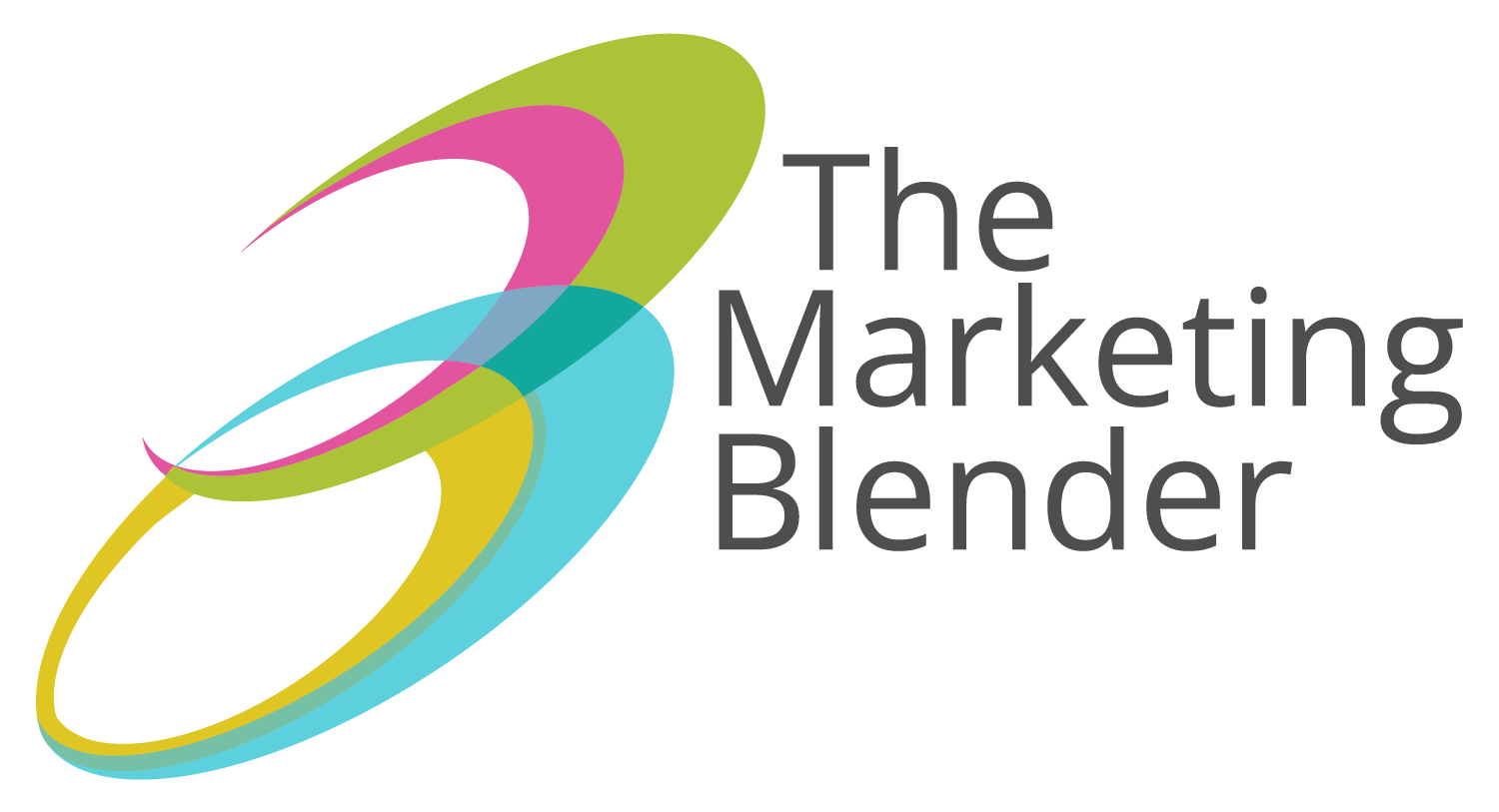When it comes to marketing budget allocation, there’s no one-size-fits-all solution. The right approach depends on your specific business goals and objectives. That said, there are some general principles you can follow when allocating your marketing budget to ensure you’re getting the most bang for your buck.

For a discussion on how to build a marketing budget, watch our YouTube video below!
1. Start with a solid foundation.
Before you start spending money on fancy marketing gimmicks, make sure you’ve got the basics covered. This includes having a well-designed website, a strong social media presence, and high-quality content that accurately reflects your brand voice and message. Once you’ve got these key foundation pieces in place, you can start thinking about ways to reach new audiences and expand your reach.
2. Know Your Objectives
What are you trying to achieve with your marketing efforts? Are you looking to increase brand awareness? Drive more website traffic? Generate more leads? Once you know what your objectives are, you can start to allocate your budget accordingly.
For example, if your primary objective is to increase brand awareness, then you’ll want to spend more on activities like content creation and social media marketing. However, if your primary objective is to generate more leads, then you’ll want to focus more on activities like lead generation campaigns and pay-per-click advertising. Knowing your objectives will help you make better decisions about where to allocate your budget.
Go here to get our marketing budget template.
3. Figure out where your audience is spending their time. This is key to marketing budget allocation.
Are they hanging out on social media? Checking their email boxes religiously? Reading blogs? Once you know where your audience spends their time, you can allocate your budget accordingly to make sure you’re reaching them where they are.
4. Consider using a mix of paid, organic, and word-of-mouth tactics.
Organic search engine optimization (SEO) can take some time to generate results, but it’s well worth the investment. Paid advertising is also a great way to reach new audiences quickly and efficiently. And don’t forget about the power of word-of-mouth marketing! Make sure you’re providing stellar customer service and encouraging happy customers to spread the word about your business.
5. Monitor your results and adjust as needed.
Depending on your goals, you may want to consider investing in A/B testing or other conversion rate optimization tactics to help ensure that your marketing activities are delivering ROI. Regularly monitor your results and adjust your budget allocation as needed to ensure that you’re always putting your hard-earned dollars towards the strategies that are yielding the best results.
Keep Reading: Your guide to building a marketing budget template
What Should Be Included in a Marketing Budget?
When developing your marketing budget, it’s important to include a variety of facets – including who’s responsible for each item, what tactics you’re using to achieve each goal, and what the timeline is.
Tactics and Timeline for Marketing Budget Allocation
The first step is to determine which marketing tactics you’ll use to achieve your desired outcome. Will you be running ads? If so, on which platforms? How often will you be blogging? What platforms will you use to distribute your content?
Once you have a handle on the tactics you’ll be using, you can start to put together a timeline for when each task will be completed. This will help ensure that your budget is being used efficiently and effectively.
It’s also important to consider the timeframe in which you want to see results. Some tactics (like SEO) take months or even years to show results, while others (like PPC) can show results almost immediately. By aligning your tactics with your desired timeframe, you can create a budget that ensures you’re getting the most bang for your buck.
Keep Reading: What social media platforms drive the most revenue?
Who’s Responsible for Which Items?
Once you have a handle on the tactics you’ll be using and the timeline for their implementation, it’s time to start assigning responsibility for each task. If you have an in-house marketing team, this will be easy – simply assign each task to the team member who is best suited for it.
If you don’t have an in-house marketing team, or if you need help filling in the gaps, that’s where partnering with an agency comes in. A good agency will work with you to understand your business goals and develop a strategy for achieving them within your budget. They will then assign a dedicated team of experts to carry out the strategy and provide ongoing reporting to ensure that things are on track.
Well-designed marketing budget allocation is essential for any successful business. Start with your overall business goals when creating your budget and be realistic about what you can afford to spend. Consider all channels when creating your budget and review and revise regularly as needed. By following these tips, you can create a marketing budget that works for your business!




